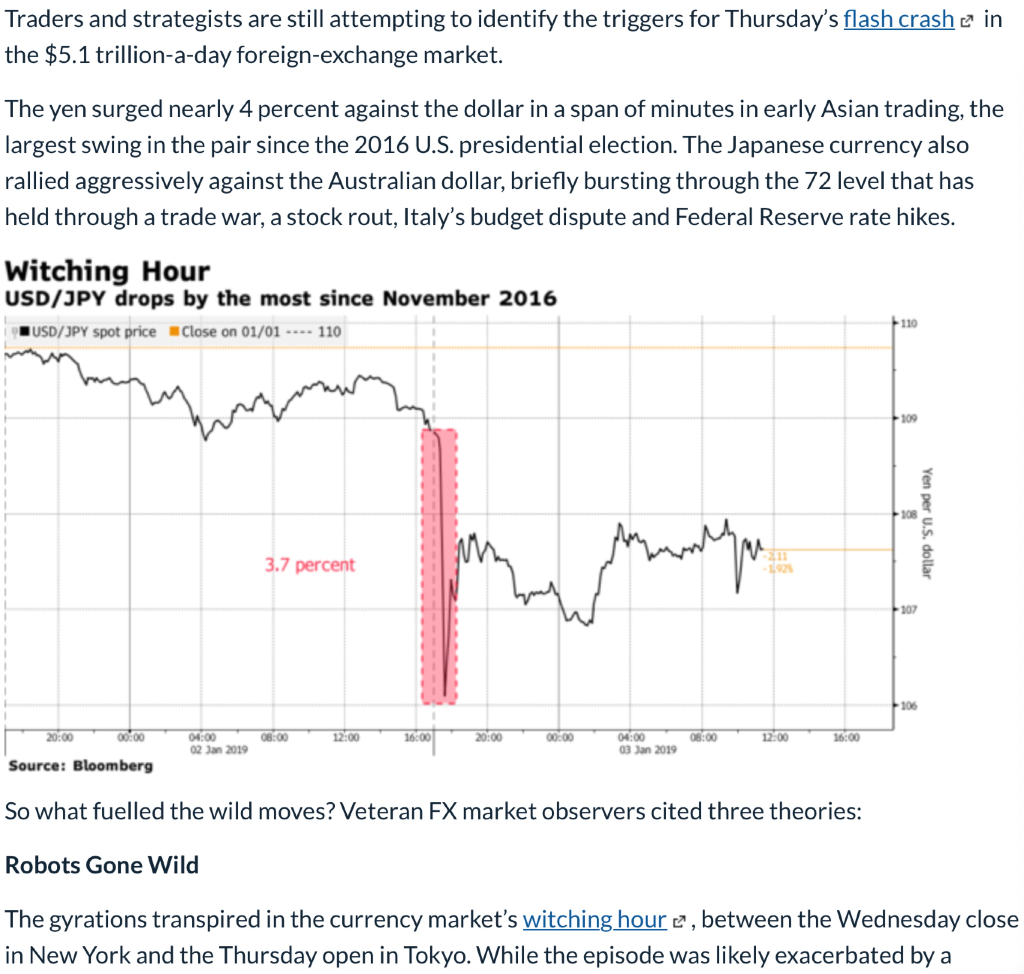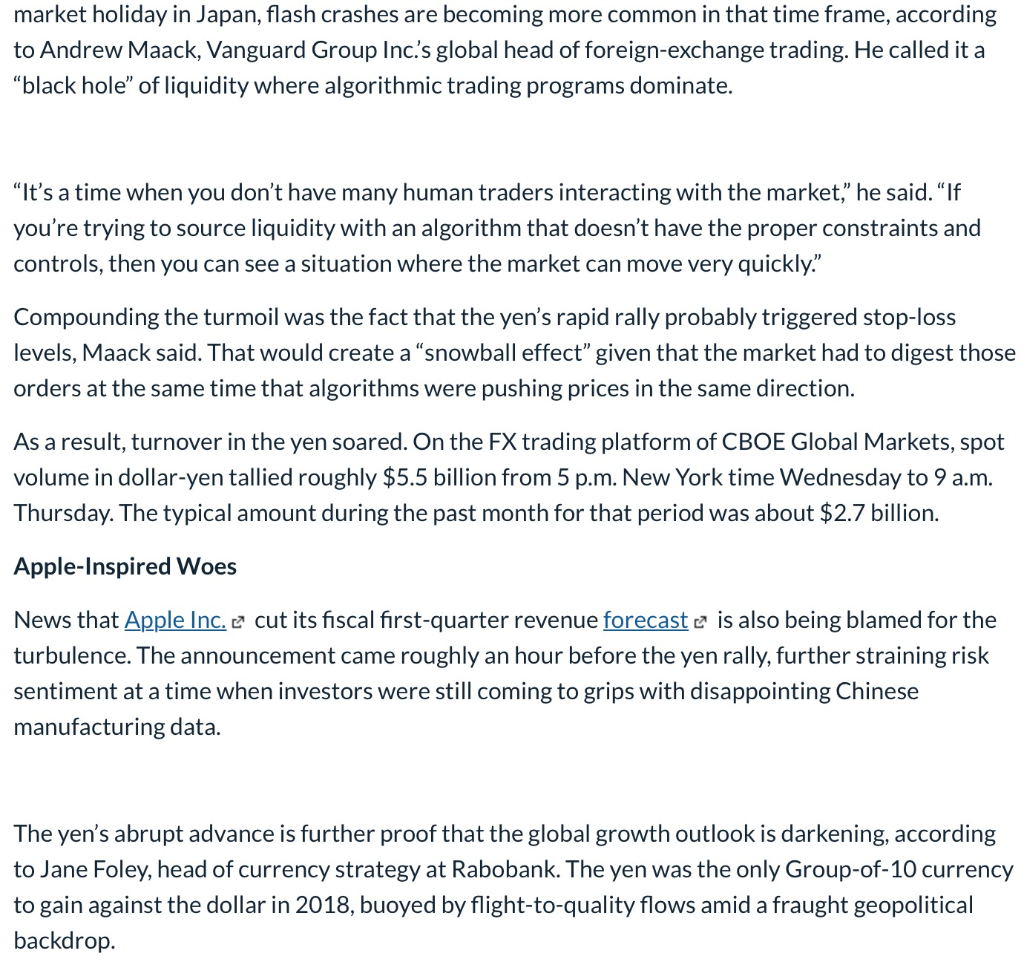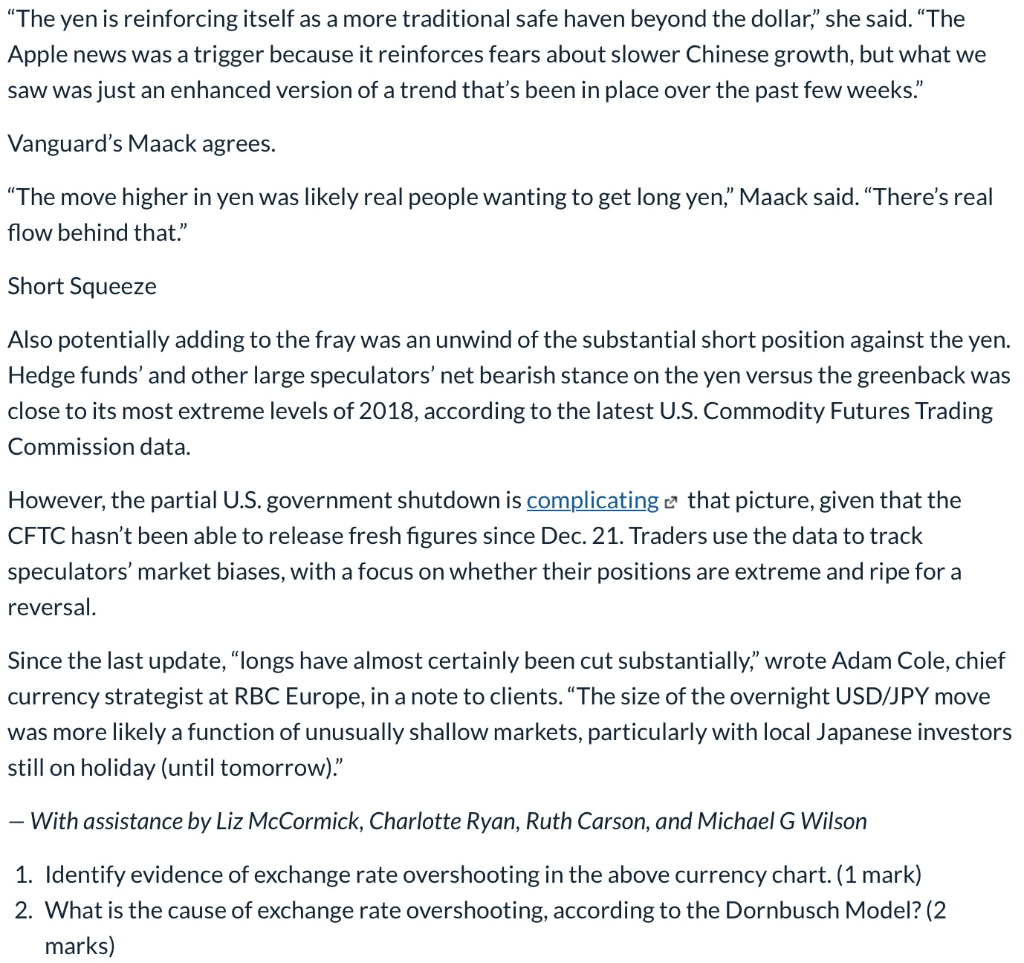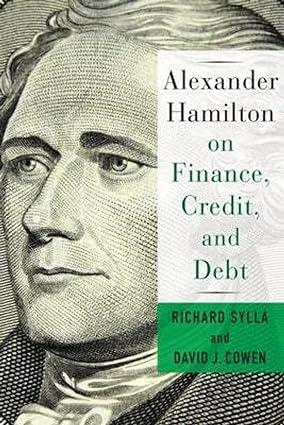



Traders and strategists are still attempting to identify the triggers for Thursday's flash crash e in the $5.1 trillion-a-day foreign-exchange market. The yen surged nearly 4 percent against the dollar in a span of minutes in early Asian trading, the largest swing in the pair since the 2016 U.S. presidential election. The Japanese currency also rallied aggressively against the Australian dollar, briefly bursting through the 72 level that has held through a trade war, a stock rout, Italy's budget dispute and Federal Reserve rate hikes. Witching Hour USD/JPY drops by the most since November 2016 USD/JPY Spot price Close on 01/01 - 110 Yen per U.S. dollar 3.7 percent 00 00:00 Source: Bloomberg 06:00 08:00 12:00 18:00 20:00 00:00 08:00 08:00 - 12:00 02 Jan 2019 So what fuelled the wild moves? Veteran FX market observers cited three theories: Robots Gone Wild The gyrations transpired in the currency market's witching hour e, between the Wednesday close in New York and the Thursday open in Tokyo. While the episode was likely exacerbated by a market holiday in Japan, flash crashes are becoming more common in that time frame, according to Andrew Maack, Vanguard Group Inc.'s global head of foreign-exchange trading. He called it a "black hole" of liquidity where algorithmic trading programs dominate. "It's a time when you don't have many human traders interacting with the market," he said. "If you're trying to source liquidity with an algorithm that doesn't have the proper constraints and controls, then you can see a situation where the market can move very quickly." Compounding the turmoil was the fact that the yen's rapid rally probably triggered stop-loss levels, Maack said. That would create a "snowball effect" given that the market had to digest those orders at the same time that algorithms were pushing prices in the same direction. As a result, turnover in the yen soared. On the FX trading platform of CBOE Global Markets, spot volume in dollar-yen tallied roughly $5.5 billion from 5 p.m. New York time Wednesday to 9 a.m. Thursday. The typical amount during the past month for that period was about $2.7 billion. Apple-Inspired Woes News that Apple Inc. cut its fiscal first-quarter revenue forecast e is also being blamed for the turbulence. The announcement came roughly an hour before the yen rally, further straining risk sentiment at a time when investors were still coming to grips with disappointing Chinese manufacturing data. The yen's abrupt advance is further proof that the global growth outlook is darkening, according to Jane Foley, head of currency strategy at Rabobank. The yen was the only Group-of-10 currency to gain against the dollar in 2018, buoyed by flight-to-quality flows amid a fraught geopolitical backdrop. "The yen is reinforcing itself as a more traditional safe haven beyond the dollar," she said. The Apple news was a trigger because it reinforces fears about slower Chinese growth, but what we saw was just an enhanced version of a trend that's been in place over the past few weeks." Vanguard's Maack agrees. "The move higher in yen was likely real people wanting to get long yen," Maack said. There's real flow behind that. Short Squeeze Also potentially adding to the fray was an unwind of the substantial short position against the yen. Hedge funds' and other large speculators' net bearish stance on the yen versus the greenback was close to its most extreme levels of 2018, according to the latest U.S. Commodity Futures Trading Commission data. However, the partial U.S. government shutdown is complicating that picture, given that the CFTC hasn't been able to release fresh figures since Dec. 21. Traders use the data to track speculators' market biases, with a focus on whether their positions are extreme and ripe for a reversal. Since the last update, "longs have almost certainly been cut substantially," wrote Adam Cole, chief currency strategist at RBC Europe, in a note to clients. The size of the overnight USD/JPY move was more likely a function of unusually shallow markets, particularly with local Japanese investors still on holiday (until tomorrow)." With assistance by Liz McCormick, Charlotte Ryan, Ruth Carson, and Michael G Wilson 1. Identify evidence of exchange rate overshooting in the above currency chart. (1 mark) 2. What is the cause of exchange rate overshooting, according to the Dornbusch Model? (2 marks) 3. Identify three potential causes of the jump in the USD/JPY exchange rate, according to the above article. (3 marks) 4. In a period of rising global economic risk, the JPY and the USD currencies both tend to appreciate, relative to other currencies, including the AUD. What is the most likely reason for this (i) in the case of the USD; (ii) in the case of the JPY? (2 marks) 5. What impact does an appreciating Japanese yen have (i) on the Japanese Consumer Price Index; (ii) on Japanese exporters? (2 marks)










